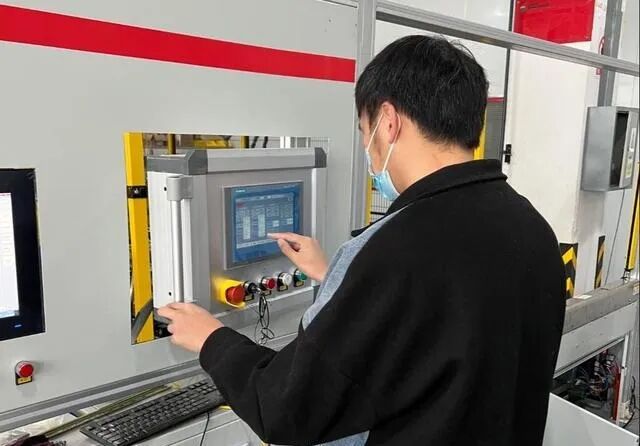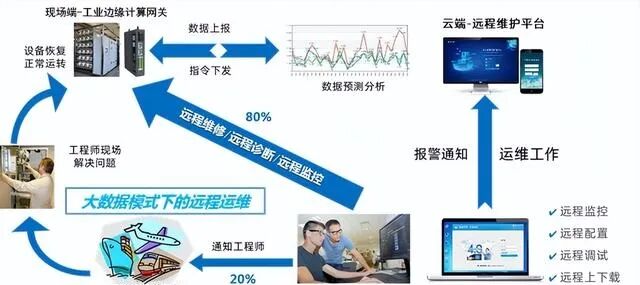“Remote Monitoring of PLC: 80% Improvement in Fault Response Speed! Essential Remote Maintenance Secrets for Engineers”

Last year, a certain automotive parts factory suffered a direct loss of 2 million due to incorrect parameter settings on the PLC timer, which caused the robotic arm to start prematurely and damage the fixture. Even worse, a chemical plant experienced a production line shutdown for 48 hours, resulting in a loss of 20 million because the backup of the PLC program was lost, and they could only restore an old version from six months ago. The common issue behind these accidents was the slow fault response speed and exorbitant maintenance costs.
1. Physical Layer: Give the PLC a “Bulletproof Vest”
Industrial-grade protection: The Huachen Zhitong module features triple surge protection and triple electrostatic protection, ensuring stability even in lightning strikes and high-temperature environments.
Modular design: The main control and IO expansion modules can be flexibly combined; want to add a sensor? Just plug it in like building blocks.
2. Network Layer: Data Transmission “Highway”
Multi-network integration: Seamless switching between 4G/5G/WiFi/Ethernet, maintaining 99.99% connection stability even in basements.
Protocol conversion: Supports 15 protocols including Modbus and OPC UA, enabling seamless communication between devices from different brands.
3. Application Layer: Intelligent Decision-Making “Little Butler”
Edge computing: With a built-in AI chip, it can perform PID parameter optimization and equipment health prediction locally, halving the cloud load.
Remote control: A mobile app allows one-click start/stop of devices and parameter modification, easier than playing mobile games.
4. Security Layer: Data Bodyguard “All-Day”
Encrypted transmission: AES-128 encryption + VPN tunnel, hackers trying to crack it? No chance!
Access management: Role-based access control ensures that ordinary employees can only view data, while engineers can modify parameters.

3. Scenario-Based Solutions: Targeted Remedies are Effective
4. Pitfall Guide: Avoid These Mistakes!
Risk assessment: Use Huachen Zhitong tools to scan assets and identify weak points (such as outdated switches and unpatched PLCs).
Solution selection: Choose modules based on the number and distribution of devices (for example, use HINET-G120 for 50 devices, and HINET-G200 for over 100 devices).
Pilot testing: Deploy on one production line first, testing remote control latency (requirement < 200ms) and data accuracy (> 99.5%).
Full rollout: Complete factory transformation within three months, coordinating with the Sipuyun platform for centralized management.
7. Three Soul-Searching Questions: How Many of These Apply to Your Factory?
When equipment fails, do engineers have to take a high-speed train across provinces for repairs?
Is production line data scattered across different systems, making unified analysis impossible?
During holidays, are you worried about equipment suddenly breaking down with no way to respond?
Top 3 fans who like this will receive an electronic version of “Industrial Protocol Secrets”! Follow me to unlock new insights into industrial automation every week!
Final Quote: Remote monitoring is not a choice; it is a matter of survival! When competitors can control everything with their phones, is your factory still relying on legs to run on-site? It’s time to give PLCs the wings of the Internet!